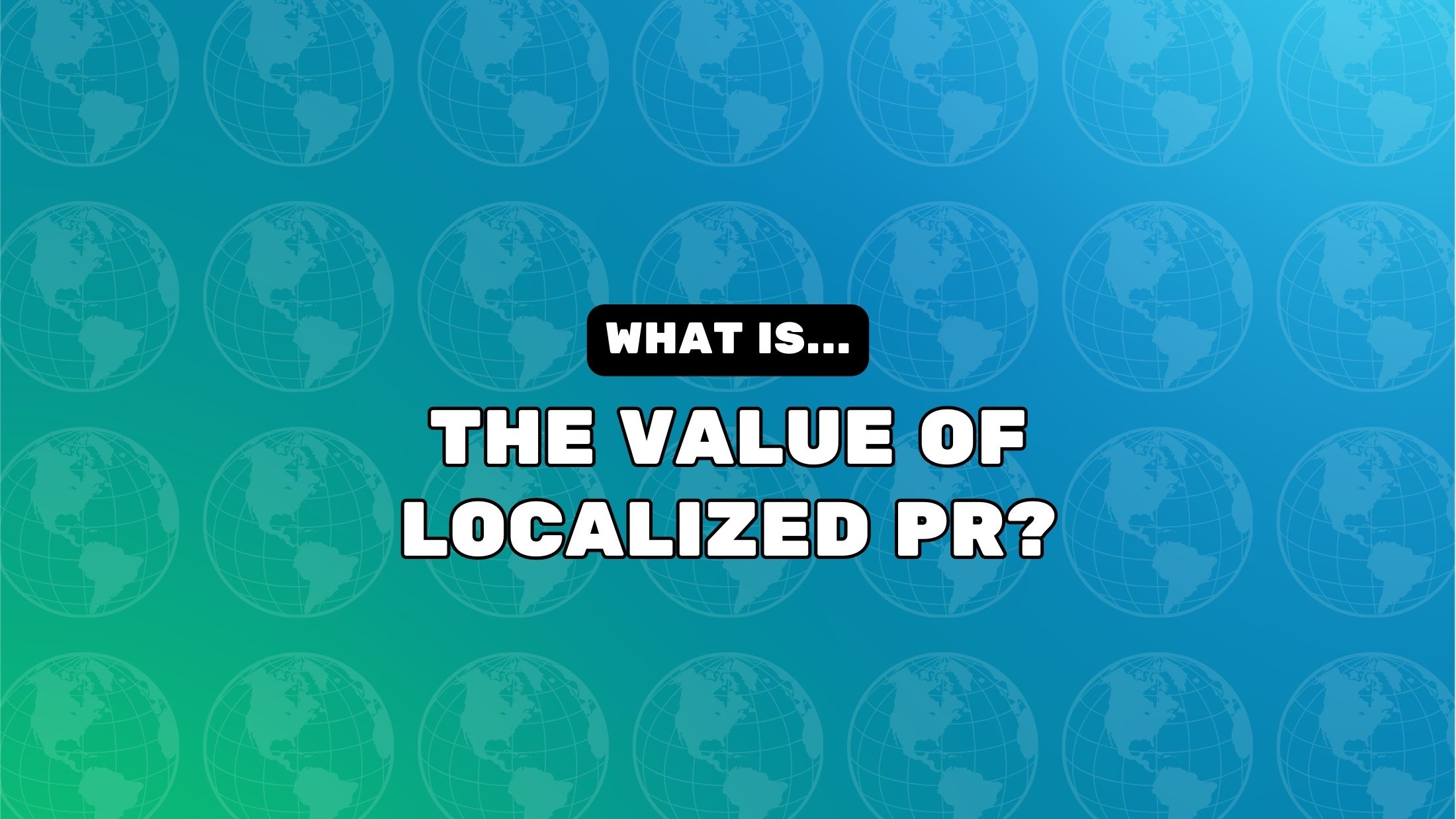How Can You Get Started with a Small Printing Business?
In today’s fast-paced, design-driven world, launching a printing business can be a rewarding venture. Whether it's for custom t-shirts, brochures, posters, business cards, or banners, the demand for print services remains strong across industries. For entrepreneurs interested in creative solutions and tangible products, starting a small printing business offers the opportunity to combine passion with profit.

Why Is Now a Great Time to Launch a Printing Business?
Digital transformation has not eliminated the need for physical print. It has increased it in niche markets. Local businesses, influencers, schools, and event organizers frequently require high-quality printing services for branding and outreach. Furthermore, the rise of e-commerce and personalization trends has opened the door for custom packaging, promotional items, and apparel printing.
Coupled with low startup costs and versatile service offerings, starting a small printing business is one of the most viable options for aspiring entrepreneurs who want to enter a creative yet profitable industry.
What Type of Printing Services Should You Offer?
Before you purchase any equipment, it's essential to decide what type of printing services you want to provide. This decision will affect your investment, marketing, and operations.
Popular printing niches include:
-
Screen Printing: Often used for t-shirts, tote bags, and apparel.
-
Digital Printing: Ideal for business cards, brochures, and small-format items.
-
Wide-Format Printing: Banners, signs, and posters.
-
Sublimation Printing: Used for mugs, phone cases, and other promotional items.
-
3D Printing: An emerging field for prototypes and custom-designed products.
Choose one or two areas to specialize in initially. As your business grows, you can expand your offerings based on client demand.
What Equipment and Tools Are Needed?
The right equipment can make or break your business. Here’s a basic setup checklist for most small-scale print shops:
-
Printer (digital, offset, or screen, depending on your niche)
-
Computer with design software (Adobe Creative Suite or CorelDRAW)
-
Cutting machine (especially for vinyl or paper)
-
Heat press machine (for apparel or sublimation printing)
-
Binding and laminating equipment (for brochures and booklets)
If you have a tight budget, consider buying second-hand equipment or leasing it initially. Quality matters, but there are plenty of affordable options for beginners in the market.
How Can You Find the Perfect Location?
Your printing business can be home-based, mobile, or operate from a storefront. Each model has its pros and cons.
-
Home-based business: Great for low overhead costs, especially for digital or t-shirt printing.
-
Mobile printing: Useful for on-the-go services like event photography and instant printing.
-
Storefront: Increases visibility and foot traffic, ideal for large-format or bulk printing services.
The location you choose should be accessible to your target audience. If your market is mostly local businesses, being close to a commercial area makes sense. If you're primarily online, invest more in a strong web presence and delivery logistics instead.
Who Is Your Target Audience?
Identifying and understanding your target market is crucial for long-term success. Small printing businesses often cater to:
-
Local businesses needing branding materials
-
Schools and universities require event merchandise
-
Artists and influencers are looking to sell custom designs.
-
Event planners, wedding organizers, and sports teams
The more clearly you define your audience, the more tailored your services and marketing strategies will be.
How Should You Price Your Printing Services?
Pricing can be tricky in the beginning. You want to stay competitive but also need to cover your costs and make a profit. Here’s a pricing structure to consider:
-
Cost-Based Pricing: Add a markup to the base cost of materials and labor.
-
Value-Based Pricing: Price higher if your service solves a unique problem or delivers high quality.
-
Competitive Pricing: Benchmark against what others are charging in your area.
Don’t underprice yourself just to get clients. Instead, focus on offering high value through superior service, quicker delivery, or better materials.
What Legal and Financial Steps Are Required?
Compliance is key when starting a small printing business. Here are some legal and financial steps to take:
-
Register your business name and choose a legal structure (LLC, sole proprietorship, etc.)
-
Apply for licenses or permits required in your locality.
-
Open a business bank account to keep finances separate.e
-
Get business insurance to protect against liability.
-
Set up bookkeeping using software like QuickBooks or Wave.
Consulting a small business accountant or legal expert can save you future headaches and ensure you’re on the right track from day one.
How Can You Promote Your Printing Business?
Marketing is essential to attract your first customers and build brand recognition. Here are several cost-effective ways to promote your services:
-
Social Media Marketing: Showcase designs and client testimonials on Instagram, Facebook, and Pinterest.
-
Search Engine Optimization (SEO): Create a website optimized for local and product-based keywords.
-
Google My Business Listing: Helps customers find you when searching for print services nearby.
-
Local Networking: Join business associations, sponsor local events, and collaborate with photographers, event planners, or graphic designers.
-
Referral Programs: Encourage satisfied clients to refer others by offering discounts or commissions.
Your branding—including logo, website design, and customer service—should reflect the quality and style of your work.
How Can You Maintain Print Quality and Customer Satisfaction?
Consistency in quality will determine your reputation and long-term success. Here’s how to ensure happy clients:
-
Use high-quality materials and inks
-
Double-check design files before printing.ng
-
Offer proofing and revision options.
-
Deliver orders on time or earlier.
-
Provide friendly and responsive customer service.
Consider implementing a feedback loop with your customers to continuously improve your products and services.
What Are Common Challenges and How Can You Overcome Them?
Like any business, the printing industry comes with challenges:
-
Competition: Set yourself apart by offering niche services, faster turnaround, or eco-friendly options.
-
Rising Material Costs: Build relationships with reliable suppliers and consider buying in bulk.
-
Technological Advancements: Stay updated with the latest printing trends and tools to remain competitive.
-
Demand Fluctuation: Diversify your product line and target markets to avoid seasonal dips.
Having a proactive mindset and an adaptable business plan will help you navigate these hurdles efficiently.
What Is the Future of Small Printing Businesses?
Sustainability and personalization are shaping the future of printing. Eco-friendly inks, recyclable materials, and energy-efficient machines are becoming industry standards. Meanwhile, print-on-demand models and custom design marketplaces are opening new avenues for income.
By staying on top of these trends, starting a small printing business today can evolve into a scalable and sustainable enterprise tomorrow.
Conclusion: Is This the Right Business for You?
If you’re passionate about design, enjoy working with tangible products, and have a knack for customer service, starting a small printing business could be the ideal path. It offers flexibility, creativity, and strong profit margins when executed correctly.
With the right mindset, equipment, and marketing strategy, you can transform your startup into a trusted brand in your community—and beyond.




































































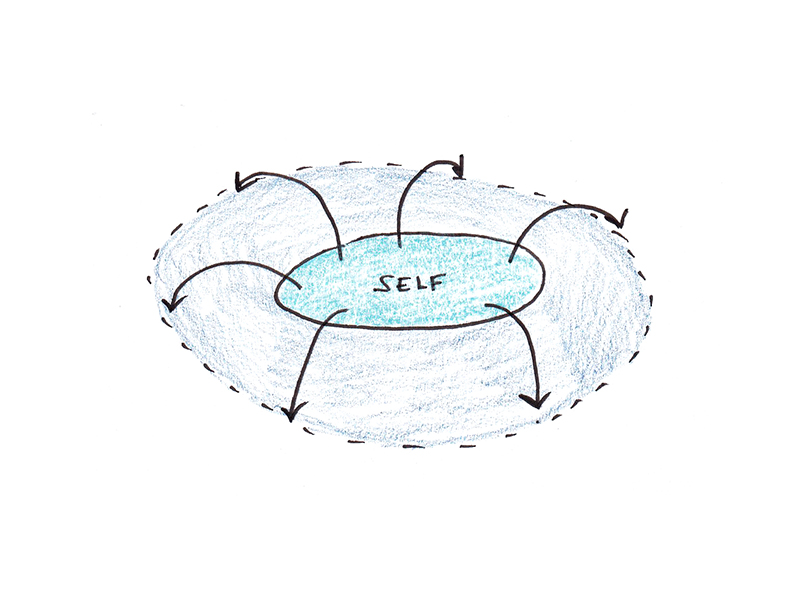

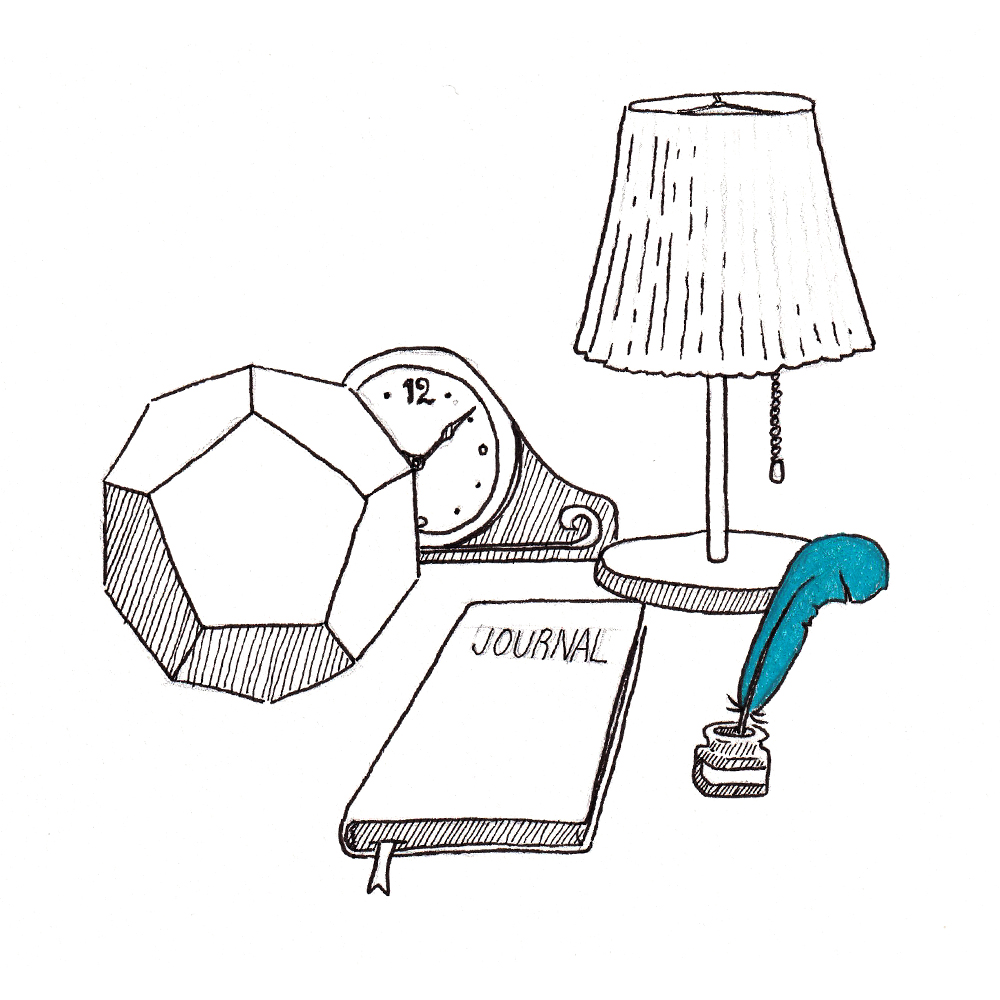



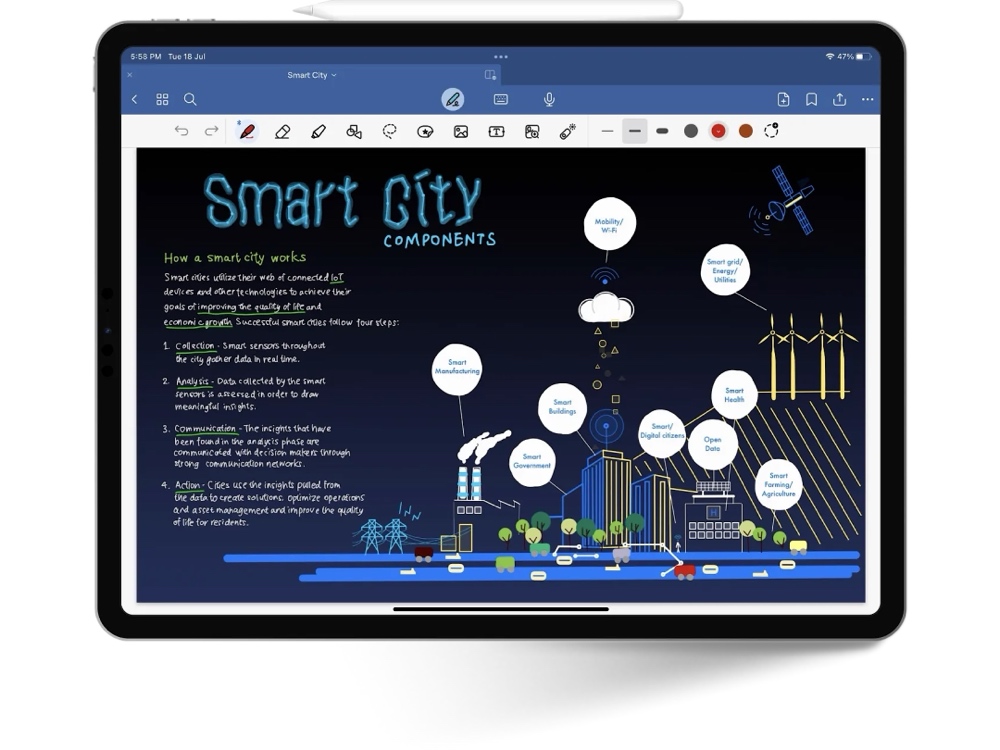






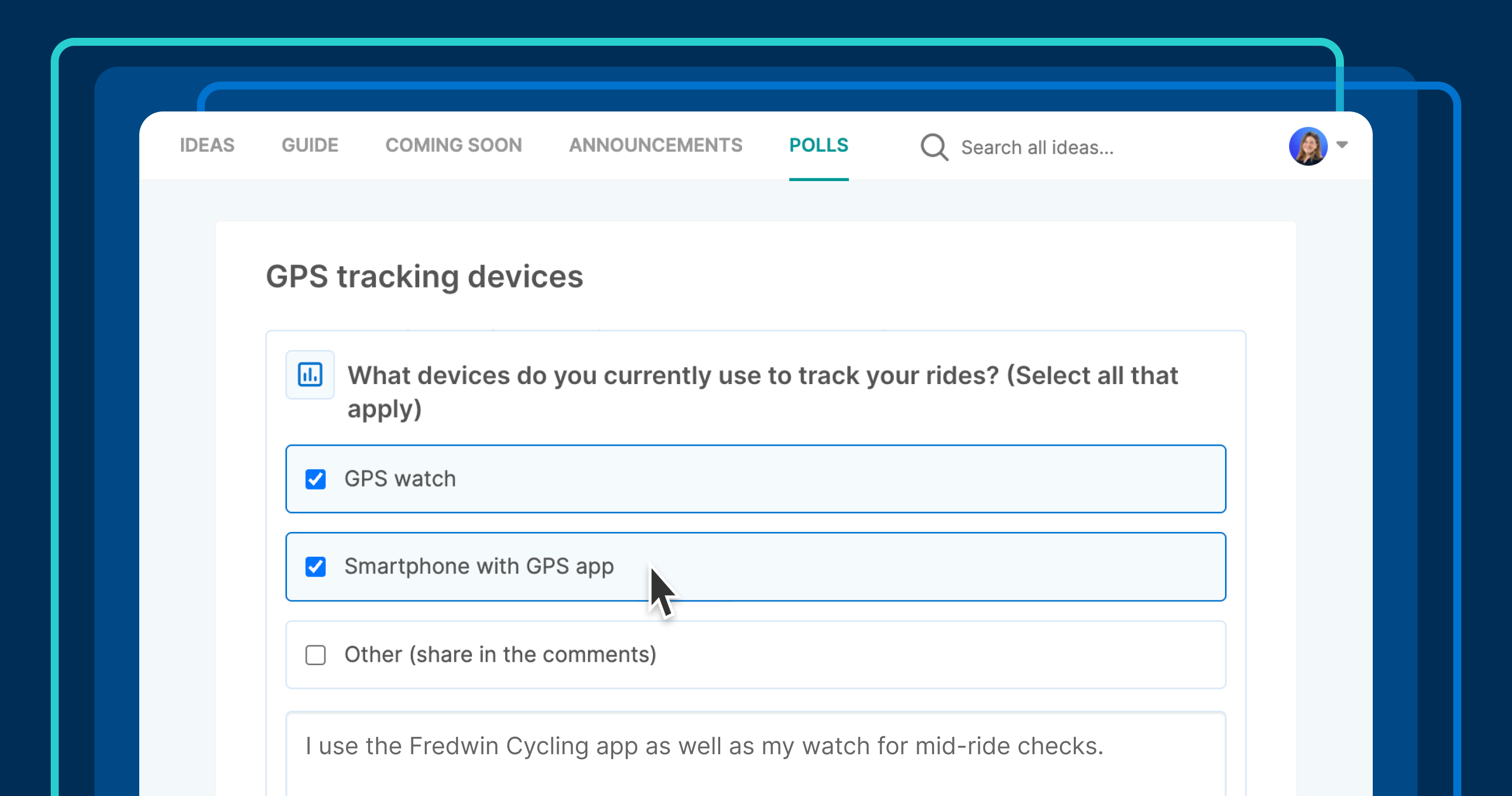







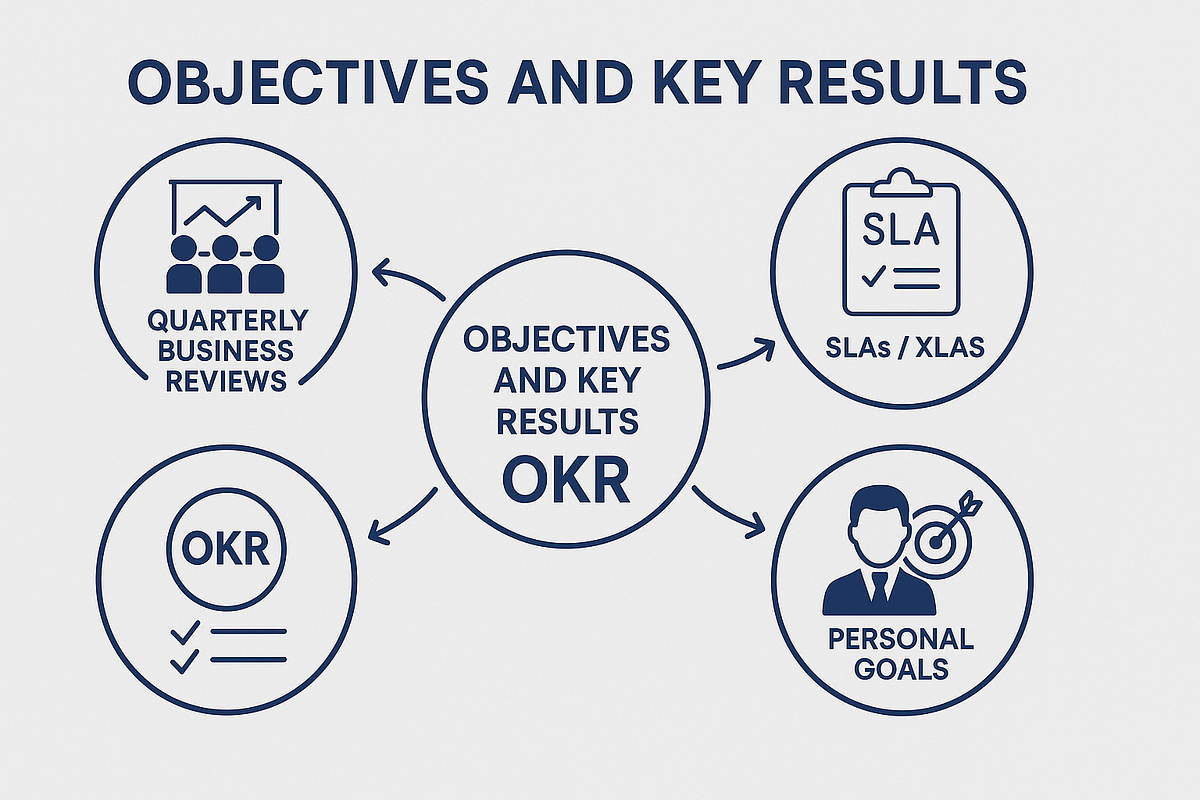



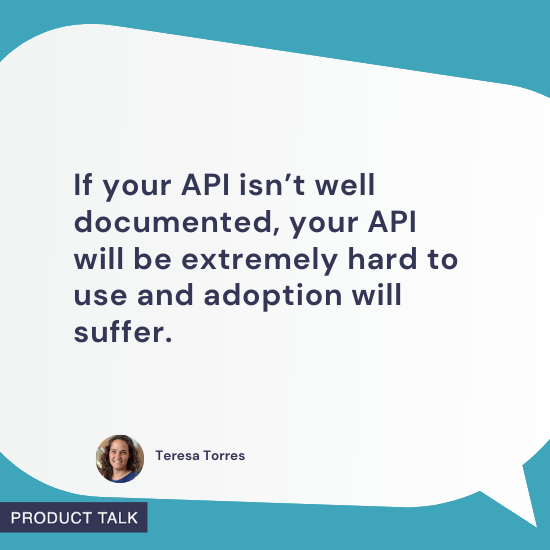










![Building A Digital PR Strategy: 10 Essential Steps for Beginners [With Examples]](https://buzzsumo.com/wp-content/uploads/2023/09/Building-A-Digital-PR-Strategy-10-Essential-Steps-for-Beginners-With-Examples-bblog-masthead.jpg)


